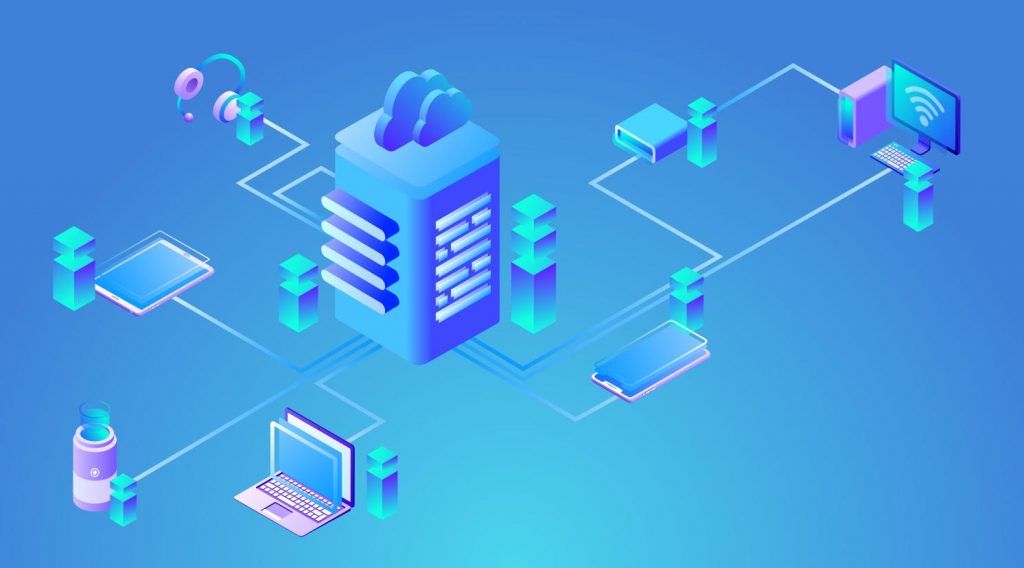Not much changes in banking in the world over the years, sure, there are occasional new ideas like ATMs, apps, contactless payments, but the fundamentals remain the same. Additional, banks hold the authoritative record of everything we spend, lend and borrow, everything about our finances. But, for the most part banks don’t do anything about it.
For these reasons, the EU released the Second Payment Services Directive (PSD2) in January 13, 2018. This directive forces the banks to open up their precious data, it might not sound like much, but it could transform the way we move and use money. Also, with this directive came the advent of Open Banking and the use of open APIs.
Open Banking is part of the PSD2 legislation, the difference is that whereas PSD2 requires banks to open up their data to third parties, Open Banking dictates that they do so in a standard format. These standards make it possible to pass information to third parties in a known way, and they can use it to create new products.
APIs or application program interfaces, are used as a secure method of communication between third-parties and online banking systems using those standards. It provides the technological means for banks to connect their payments and data services.
Thanks to these open APIs, external developers can create programs, tools or applications adjusting to the information provided by banks to offer more relevant and innovative products for customers.
The appearance of digital platforms and their rapid adoption by customers have provided important opportunities to financial services companies. Banks and financial companies obtain greater income flows and generate new value chains by investing in these applications. Regulatory authorities also promote participation in open banking in small and middle size companies in order to improve the competence of financial services in the market.

Options: Thanks to open banking, users and suppliers will make the most of the internal market. As can be seen from the guide ‘The Open Banking Standard’, end customers will have better options to decide which financial products they need and, in short, they will be able to find products more easily adapted to their real needs.
Experience: Once the characteristics of each client are known, the supplier can adjust more to his profile and send him appropriate information and offers. Then customer will be able to choose with total freedom and transparency.
Income: The creation of a new distribution channel that offers products and services open to a
wider ecosystem using APIs can generate new income opportunities.
Scope: Open banking allows traditional banks to participate in a digital world where clients search for comfort, access and speed.
Relations: Participate in transactions with more points of Digital contact generates more personalized offers, more frequent interactions, better adoption, and greater customer satisfaction.
Value: With Open Banking, traditional banks can expand beyond their basic capabilities and offer new services such as personal finances management and expense control. These services help them to continue being important for their clients and reduce risks.

